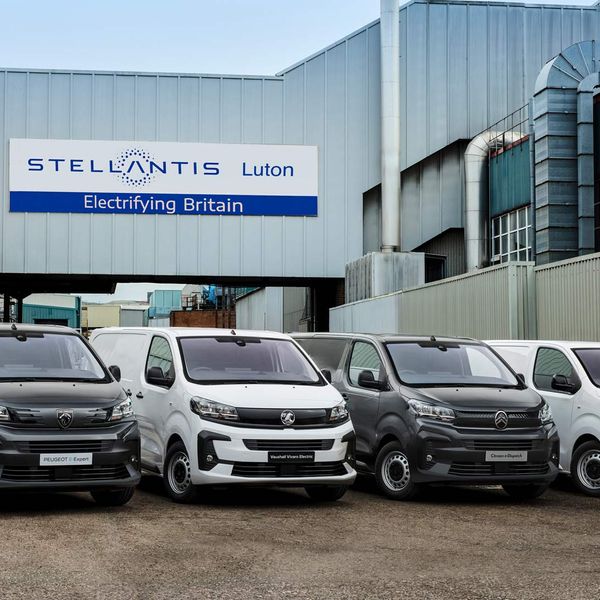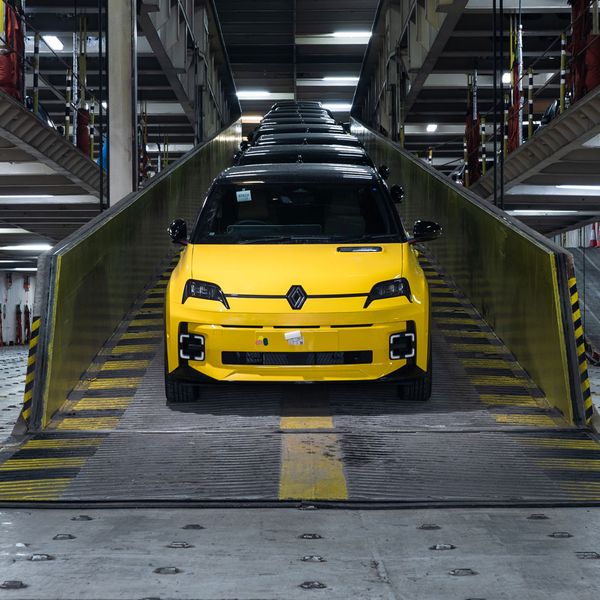We live in an exciting era for electric car drivers. Barely a week goes by without a major new expansion of the electric car charging network being announced - which is terrific news for all potential, new and existing owners.
Although some new sites will take longer than others to become reality, the fact that we’ll soon be seeing a new generation of charging locations appearing on our road network is reason to cheer.
Together with bp pulse – operator of the UK’s largest and most used public charging network – we’ve looked into the process that goes into planning and commissioning new installations; from 7kW destination posts to large hubs featuring the latest generation of ultra-high power chargers.
Planning and building any new hub, whether it’s a bank of new 7kW AC posts or a hyperhub, is a complicated affair. In most respects, actually building the structure is the most straightforward and the fastest bit. What drivers don’t see is the (usually) months of planning and aligning of numerous parties to make sure that what is built works safely and does what it’s supposed to do. There’s also a lot of number crunching and analysis that happens even before a site is deemed viable. For bp pulse, this analysis looks at everything from traffic counts to how busy nearby chargers are.
Putting the right chargers in the right places
If you’re new to electric cars, the notion of having different kinds of chargers with different speeds and connections can be baffling. After all, we’ve all got used to petrol pumps working at the same speed and we don’t have to make any decision on power output when we come to put the kettle on for a cuppa.
When bp pulse plans new installations, it looks at a whole host of factors. For example, if the location is a hotel or a railway car park, drivers are likely to be parked for long periods either staying overnight or while they are at work in these two instances. In these cases it makes far more sense to install a number of 7kW AC ‘destination’ posts rather than a 150kW rapid charger. However, if the location is a restaurant or pub where a car will be parked for no more than an hour or two, the opportunity to provide a faster top-up is likely to be higher. In this case a 50kW unit would often be deemed more suitable.
In many cases, a combination of rapid and slow chargers on the same site will meet the needs of most electric car drivers.
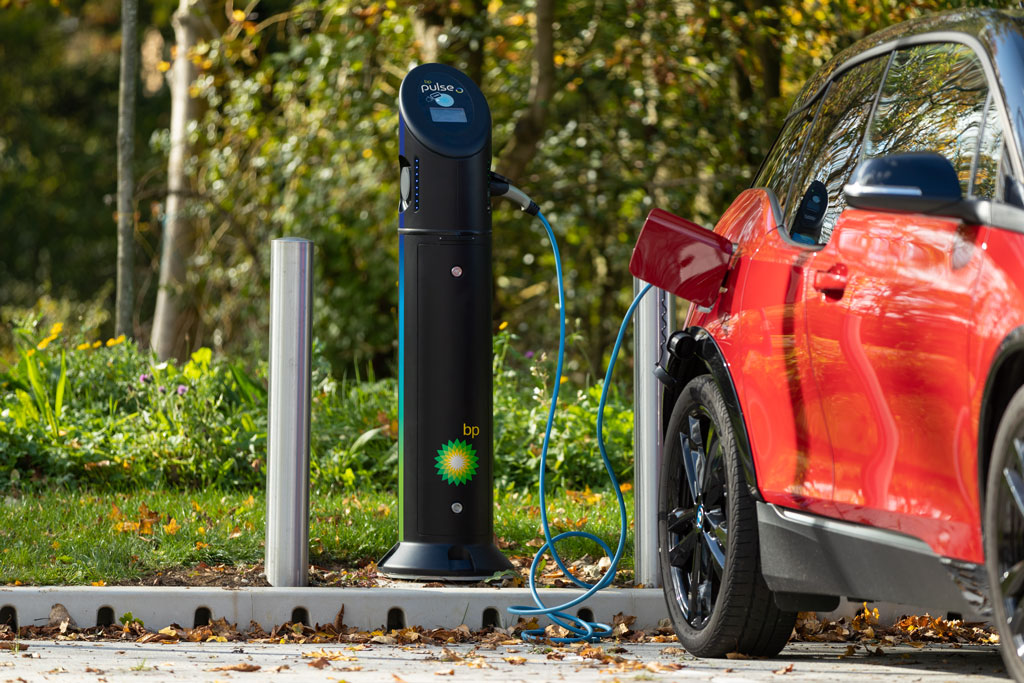
When it’s time to go big…
If a location is deemed to have the volume of traffic – for example near a motorway or major A-road – a faster solution to charging is required. And that’s where rapid charging hubs such as the bp pulse sites on the M1 at Milton Keynes and M8 at Harthill come in.
With electric cars already accounting for nearly one in 10 new car sales and 300,000* examples already on our roads, the need to accurately predict future demand is crucial. To make life trickier for planners, the advances in electric car technology mean that average ranges are going up with every model evolution. Three years ago an electric car that could cover more than 120 miles between charges was a rarity. Now, 250-300 miles is becoming the norm for many new models. Planners also need to factor in that charging speeds have also increased significantly in last few years. Where 50kW was the norm (with the exception of Tesla) 3-4 years ago, the current generation of electric cars can charge at up to 250kW - five times as fast. Indeed, almost all new electric cars on the market now have a peak charging speed of at least100kW. This means that, in theory drivers will need to stop fewer times, but will charge faster when they do.
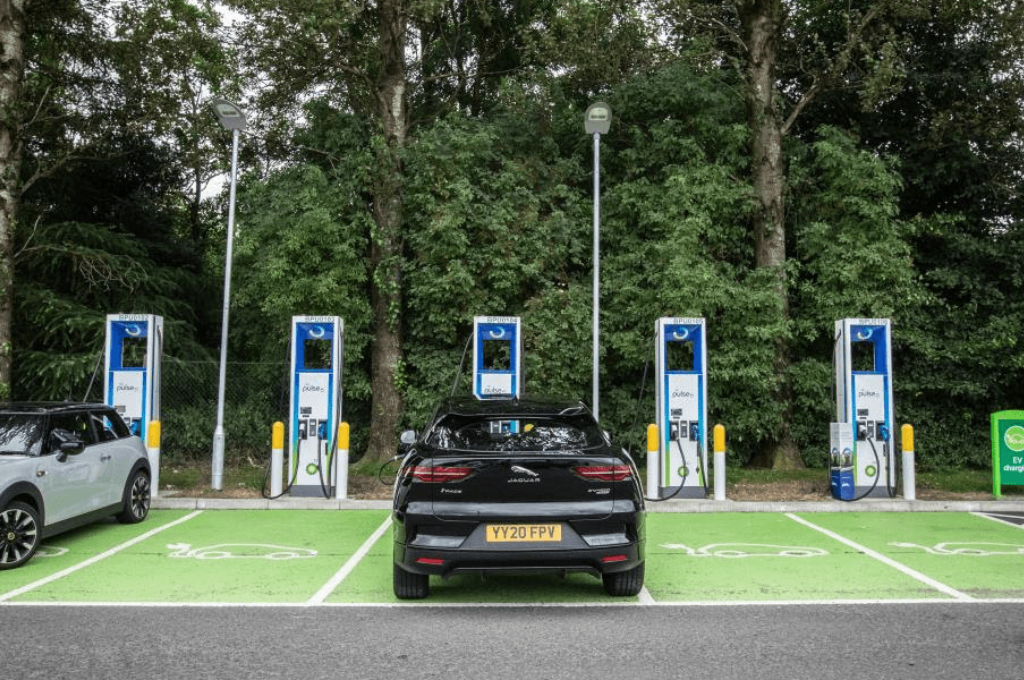
Speed vs charger numbers
Every charging hub location has a limit on the amount of electricity that it can distribute. The higher the amount, the more expensive and complicated the hub generally is to plan and build. Huge sites that require new grid connections are usually many months in planning.
Where the location of a site limits the amount of power than can be distributed, planners need to consider whether it is better to have a small number of ultra-high power chargers or a higher number of standard rapid chargers. For example, if a site has 1.5MW available, is it better to have four 350kW units or ten 150kW chargers? Is it better to allow ten drivers to charge at a slightly slower speed than just four drivers to top up a few minutes faster?
Why drivers are starting to demand more than just electricity
As the public rapid network expands, drivers will be offered more choice than ever. With new hubs being commissioned at a remarkable rate, it won’t be long before drivers will be looking beyond just charging facilities when choosing where to stop.
Let’s say a driver has the choice of two charging hubs on a long journey. If one hub has food outlets and shopping and the other hasn’t, there’s a pretty good chance that the driver will choose the one with the most facilities. Almost all bp pulse’s new high power 150kW units are located at the brand’s petrol forecourts, which offer a range of services including refreshments and shopping. As the bp pulse network develops customers can expect to see even more facilities being made available for electric cars drivers on the go. For more details on the bp pulse network, click to see the live map [HERE].
* SMMT, OZEV, DfT
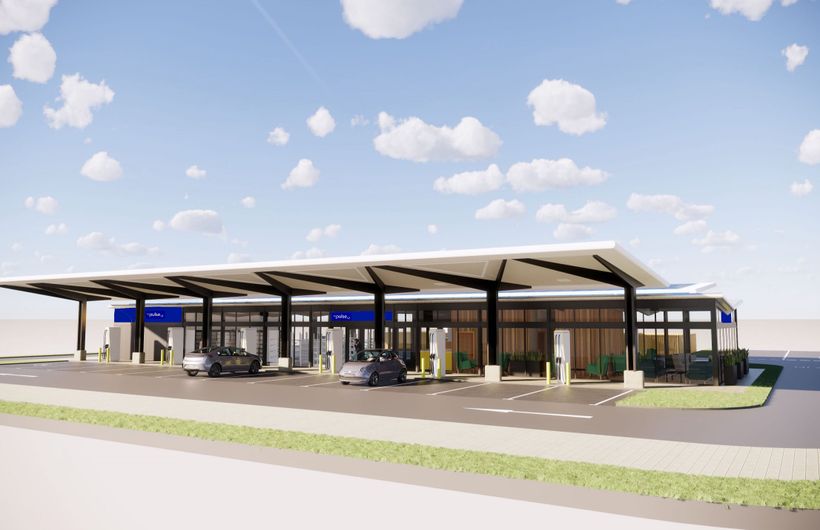 A new generation of electric charging hubs will deliver additional services to drivers, from shops to restaurants
A new generation of electric charging hubs will deliver additional services to drivers, from shops to restaurants 







